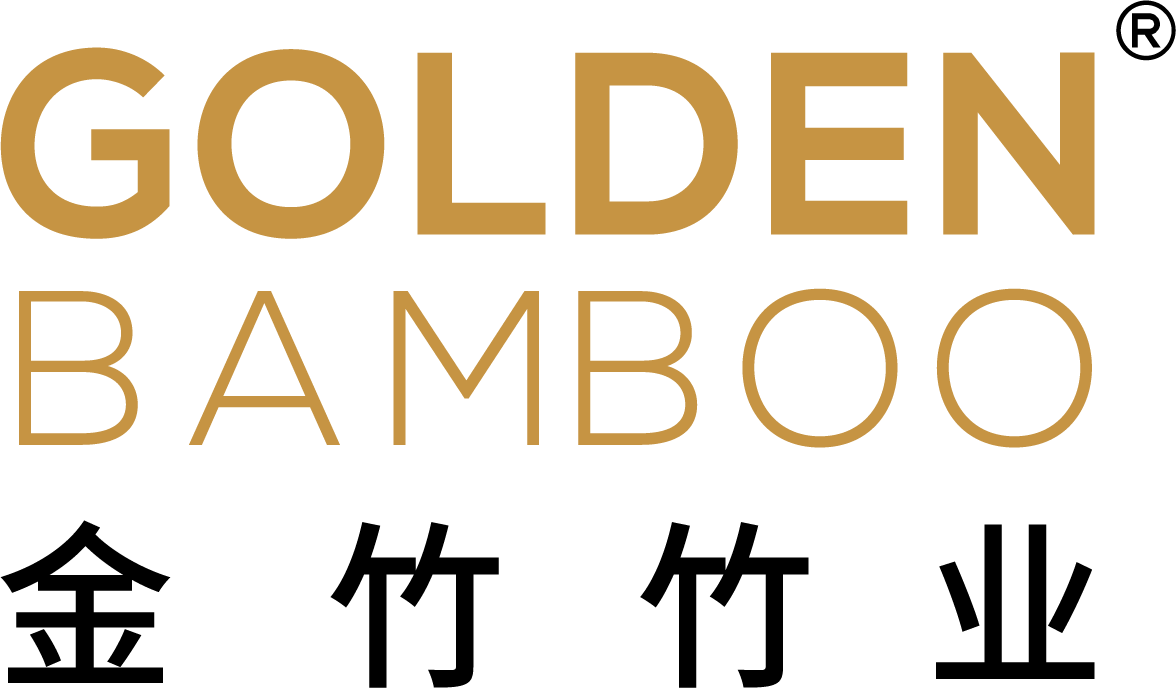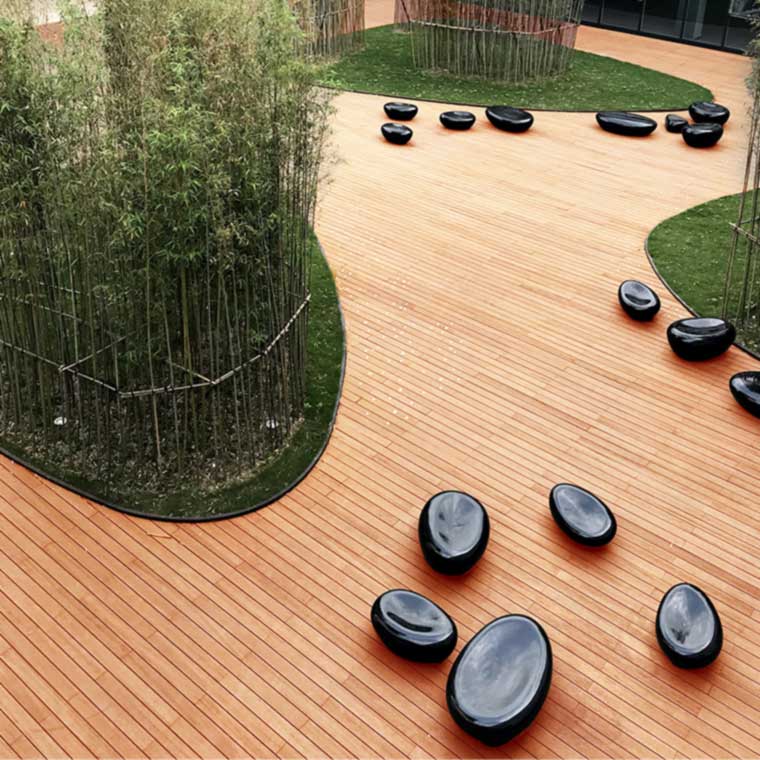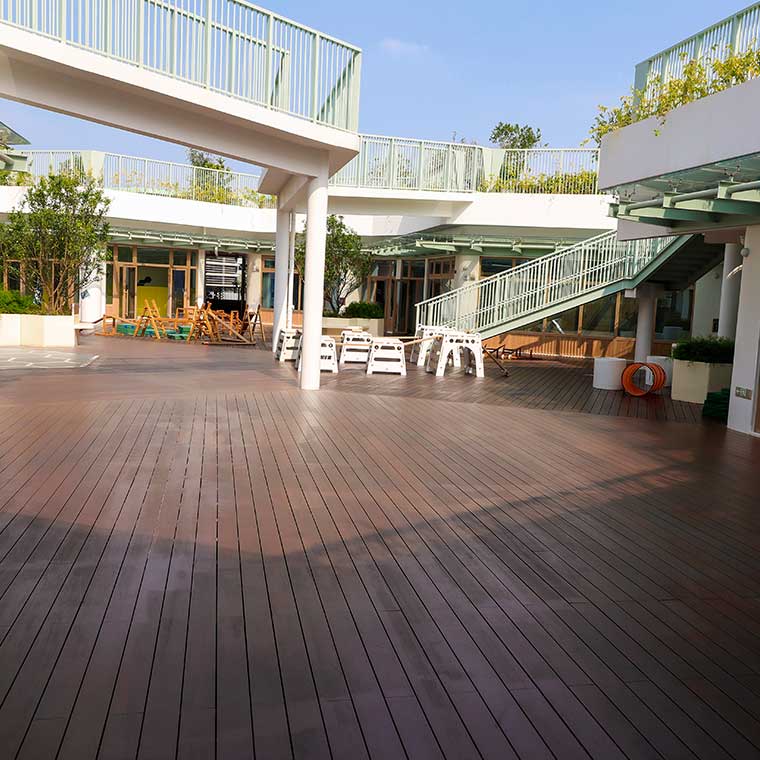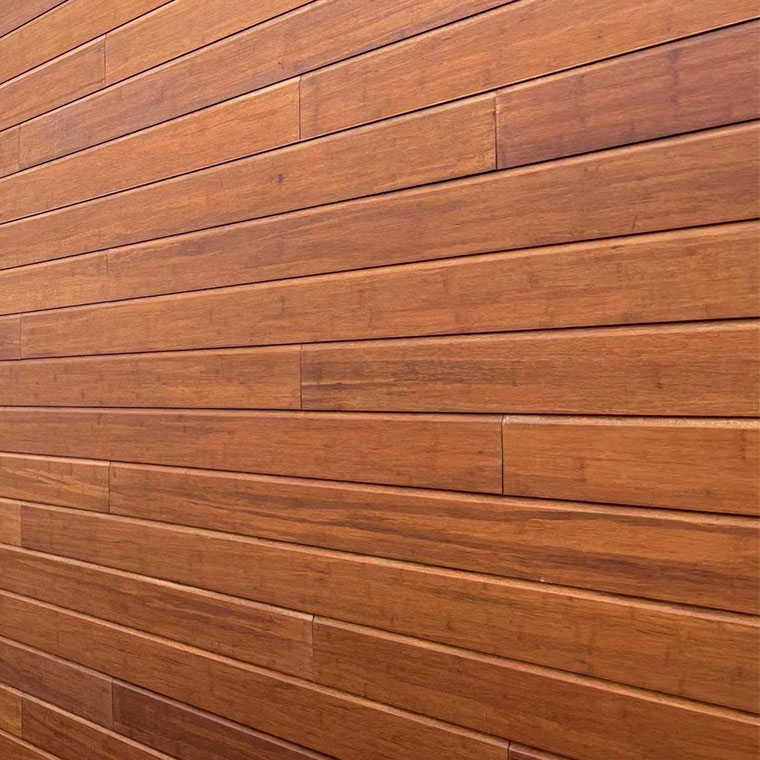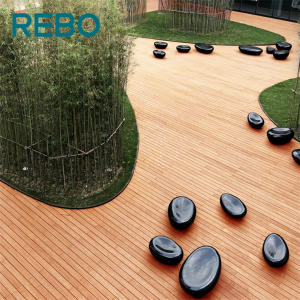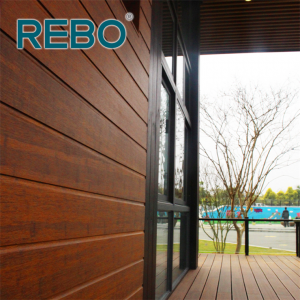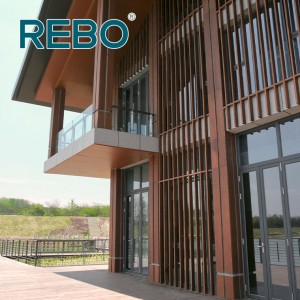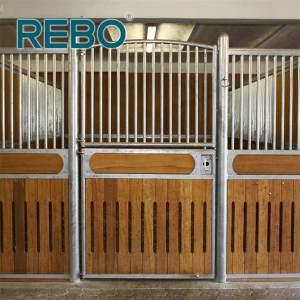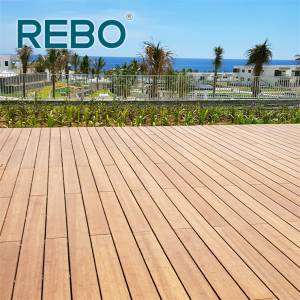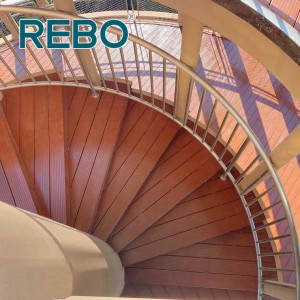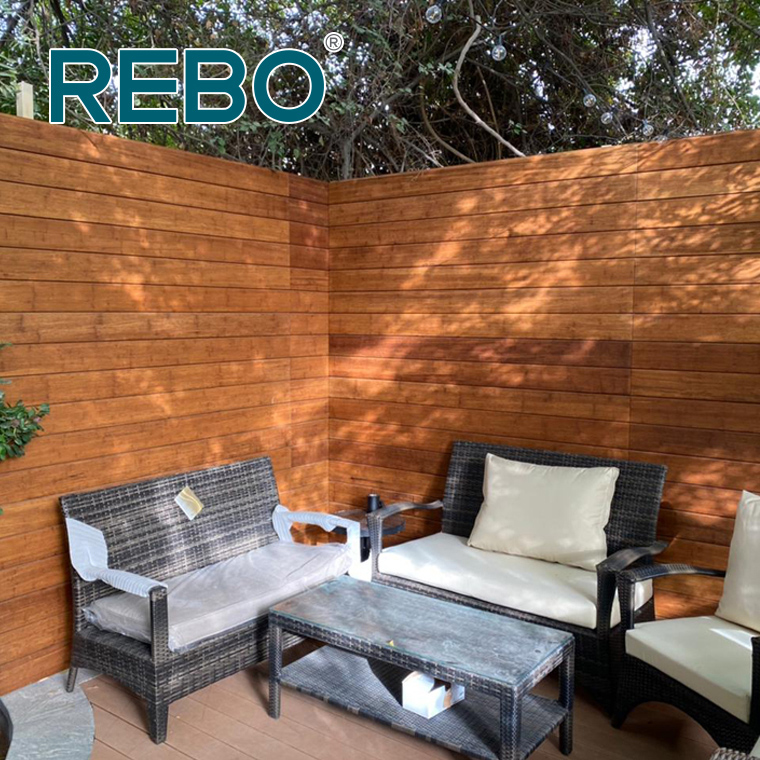Bamboo is one of the fastest-growing plants in the world. A typical bamboo grows as much as 10 centimeter in a single day. Certain species grow up to a meter during the same period, or about 1 millimeter every 2 minutes. Most species of bamboo reach maturity in just 5 to 8 years, and it can regrown after the harvesting, so bamboo indeed is an sustainable and endless material, and it has become one of the most important construction material in the world. Attention has been given to the anatomical characteristics of bamboo associated with macrostructure on the cross-section, variation in microstructure of bamboo culm, and the multilayer structure of the bamboo cell. Bamboo is a kind of grass and very friendly to the enviroment.
There are normally two types of bamboo, running bamboo and clumping bamboo. Running bamboos are always faster-growing than clumping bamboos. Moso Bamboo, for example, is considered as the fastest-growing species of temperate bamboo. Although it’s native to the subtropical areas of Southern China, Moso can grow very well in temperate climates. That is why moso bamboo is widely used and chosen to be the raw material for bamboo decking, wall cladding, flooring and all kinds of bamboo board.
Bamboo is widely used in many aspects. They are used in their natural state for such structures as furniture, buildings and scaffolding or are processed in a multitude of ways. These include the manufacture of paper, cosmetics, charcoal and chemicals used in medicine. Their use in art and decoration is also important. They are cut and used as required by the indigenous population.
Strand woven bamboo is one of the areas that bamboo used. The raw material is selecting from moso bamboo and smashed into bamboo fibers, through hot pressing and carbonization technology, the bamboo strips are compressed to big bamboo boards. These compressed bamboo boards are very strong, hard and durable, which can be used as flooring, beam, handrail, fence, joist, etc.
